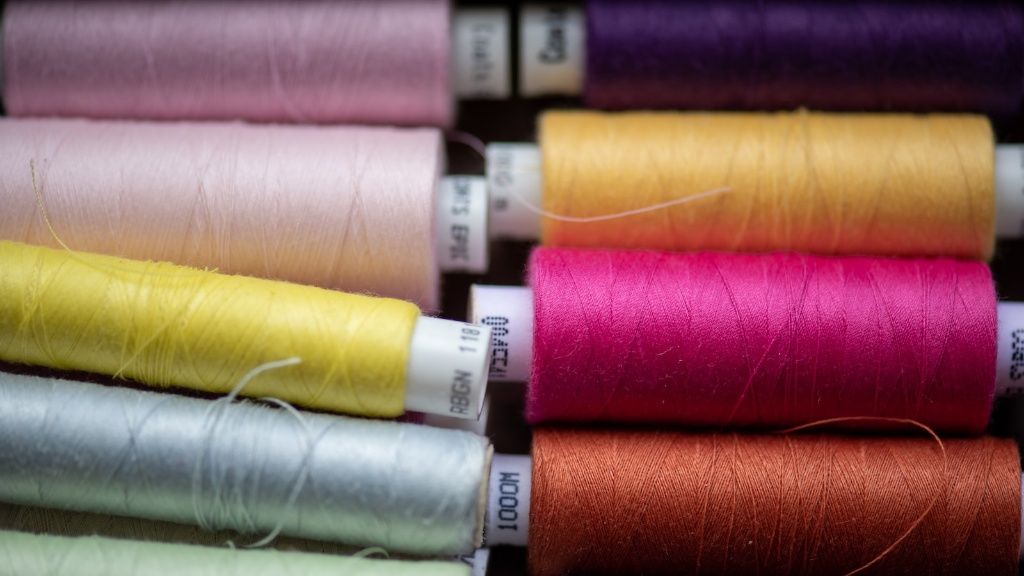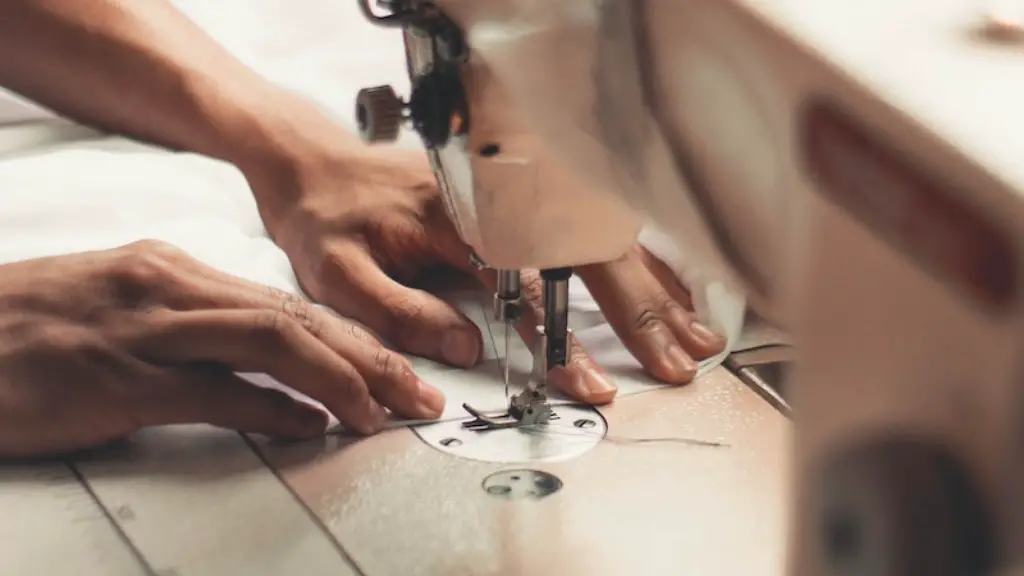For centuries, industrial sewing machines have been used for a variety of manufacturing tasks and processes. From clothing, footwear, fabrics and accessories, all types of items that needed to be stitched together would require the use of an industrial sewing machine. In order to ensure the machine is functioning properly and safely, it is important to drain all the oil and lubricants out when servicing it. Here we explore the steps involved in draining oil from an industrial sewing machine.
Gathering The Necessary Tools And Supplies
The first step to draining the oil is to have all of the necessary tools and supplies. Depending on the type of industrial machine and its maintenance, some of the items required will be a collection container for the oil, paper towels, a rag, a funnel and a Phillips screwdriver.
Two other items which are important are safety goggles and safety gloves. While draining the oil from the machine, it is likely that there will be some splashing and spraying, so safety equipment and lack of exposure should be considered for the technician.
Finding The Drain Plug
With all the items gathered, the next step is to locate the drain plug on the machine. Depending on the type of machine, this can be a simple process or it can require some more research. The plug is typically on the bottom or the side of the machine and it may have a red or orange handle. If it is hard to locate, then the technician can also refer to the manual provided by the manufacturer.
Draining The Oil
Once the location of the drain plug is found, the next step to drain the oil is to loosen the plug and let the oil drain into the collection container. This can be done by unscrewing the plug with the Phillips screwdriver, without removing it completely.
It is very important to ensure the collection container is placed directly under the machine, to ensure the oil does not splash up onto the floor and cause a potential hazard for everyone in the area.
When the container is securely in place and the plug is unscrewed, the oil should slowly start to drain from the machine and into the container. Slowly and steadily, the oil should be drained from the machine until there is no more of it left.
Cleaning The Drain Plug
Once the oil has been completely drained, the drain plug should be cleaned with the rag and the paper towels. This is an important step as it will help to ensure there is no residual oil, dirt or grime stuck on the plug which could later cause an issue with the functioning of the machine.
Since cleaning the plug is a very important, yet often overlooked step in the maintenance process, it is important that it is done and also done properly.
Tightening The Drain Plug
The final step in draining the oil from the machine is to tighten the drain plug. It is important to not over-tighten it, as this can cause damage to the plug itself and can also cause issues with the correct functioning of the plug and ultimately the machine itself.
Once the plug has been tightened correctly, the maintenance process is finally complete.
Checking For Leaks
Once the oil has been drained and the plug replaced, it is important to check the machine for any potential oil leaks. To do this, the technician should carefully look around the machine and the surrounding area to check if any oil has been spilled or leaked out.
If a leak is found, the technician should clean up any spilled oil, locate the source of the leak and fix it as soon as possible. This can help to prevent any further damage to the machine, as well as any potential safety risks to anyone in the area.
Ensuring The Machine Is Functioning Properly
In order to ensure the machine is functioning properly after the oil has been drained and replaced, the technician should perform a series of tests and checks. This can include running the motor of the machine, checking the tension of the thread, and making sure the stitching is correct.
By performing these tests and checks, the technician can be sure that the industrial sewing machine is working as it should, and is also safe to use.
Maintenance And Servicing
In order to keep the industrial sewing machine in good condition and to prevent any future issues, it is important to maintain and service it regularly. This can involve performing regular checks and oil changes, as well as any preventative maintenance that may be required.
Maintaining and servicing the machine can help to improve its performance, as well as its overall lifetime. This can be especially helpful for those who use their machines for the long term or for larger-scale manufacturing tasks.
Inspecting The Oil Level
In addition to draining and replacing the oil, it is important to regularly inspect the oil level of the machine. This can be done by inspecting the oil levels with a dipstick, which can tell the technician whether the machine needs more oil or not. It is important to keep a proper balance of oil, as too little or too much oil can affect the performance of the machine.
Inspecting the oil regularly can also help to identify any potential issues or problems with the machine, as well as help to prevent any further issues in the future.
Using The Right Oil And Lubricants
For an industrial sewing machine to work correctly, it is also important to use the correct type of oil and lubricants. Different types of machines may require different types of oil and lubricants, so it is important to refer to the manual provided by the manufacturer for the best advice on which type to use.
Using the wrong type of oil can affect the performance of the machine, so it is important to purchase high quality and suitable oil for the particular machine.
Conclusion
By following the above steps, technicians can easily and correctly drain oil from an industrial sewing machine. The key is to take the time to gather the right tools and supplies, and paying attention to detail every step of the way. Additionally, it is important to use the right type of oil and lubricants and to perform regular inspections and maintenance, in order to keep the machine in good condition.





